Home>Technology>Smart Home Devices>What Is A Proxy Address On A Printer


Smart Home Devices
What Is A Proxy Address On A Printer
Published: January 14, 2024
Learn how smart home devices use proxy addresses on printers to enable wireless printing and connectivity. Understand the benefits and setup process.
(Many of the links in this article redirect to a specific reviewed product. Your purchase of these products through affiliate links helps to generate commission for Storables.com, at no extra cost. Learn more)
Introduction
In the realm of modern technology, the convergence of digital innovation and everyday convenience has given rise to a plethora of smart devices designed to streamline and enhance various aspects of our lives. Among these ingenious creations, smart home devices stand out as a testament to the seamless integration of technology into the fabric of our homes.
One such smart home device that has garnered attention for its practicality and utility is the smart printer. These advanced printing marvels have transcended the traditional realm of printing by incorporating cutting-edge features and connectivity options, including the utilization of proxy addresses.
In this comprehensive guide, we will delve into the intricacies of proxy addresses on printers, shedding light on their significance, configuration, and the myriad benefits they offer. Whether you are a tech enthusiast, a home automation aficionado, or a business professional seeking to optimize printing operations, this article aims to demystify the concept of proxy addresses on printers and elucidate their pivotal role in the realm of smart home devices.
Join us on this enlightening journey as we unravel the mysteries of proxy addresses on printers, uncovering their relevance in the digital age and exploring the transformative potential they hold for modern printing solutions.
Key Takeaways:
- Proxy addresses on printers act as intermediaries, enabling secure communication with networks and online resources. They enhance connectivity, security, and remote printing capabilities, revolutionizing the printing experience for users.
- Configuring proxy addresses on printers is crucial for unlocking advanced printing features and seamless network integration. It involves collaboration with network administrators and adherence to security protocols for optimal functionality.
Read more: How To Add A Printer With An IP Address
Understanding Proxy Addresses
Before delving into the specifics of proxy addresses on printers, it is essential to grasp the fundamental concept of a proxy address and its role in the realm of networking. In the context of smart home devices such as printers, a proxy address serves as a gateway or intermediary that facilitates communication between the device and the network it is connected to.
Essentially, a proxy address acts as a representative for the printer within the network, allowing it to interact with other devices, access online resources, and transmit data securely. This intermediary role is particularly crucial in environments where network security, access control, and efficient data transmission are paramount.
When a printer is configured with a proxy address, it gains the ability to communicate with external servers, access cloud-based printing services, and seamlessly integrate with network protocols. This enhanced connectivity empowers users to harness the full potential of their smart printers, enabling them to print from various devices, initiate remote printing tasks, and leverage advanced printing features with unparalleled convenience.
Furthermore, the utilization of proxy addresses on printers aligns with the overarching trend of network convergence and interconnected smart devices. By incorporating proxy address functionality, printers can seamlessly integrate into complex network infrastructures, interact with diverse digital platforms, and adapt to evolving technological landscapes with agility and versatility.
In essence, understanding the role of proxy addresses on printers entails recognizing their function as enablers of seamless network communication, secure data transmission, and enhanced connectivity within the realm of smart home and office environments.
Importance of Proxy Addresses on Printers
The integration of proxy addresses on printers holds significant importance in the realm of modern printing solutions, offering a myriad of benefits that cater to the evolving needs of users and the intricate demands of network environments. Understanding the pivotal role of proxy addresses on printers is essential for grasping their impact on network connectivity, printing efficiency, and overall user experience.
One of the primary reasons why proxy addresses are crucial for printers stems from the necessity of seamless network integration. In today’s interconnected digital landscape, smart printers are expected to seamlessly communicate with a diverse array of devices, network protocols, and online services. By leveraging proxy addresses, printers can effectively navigate through complex network infrastructures, access cloud-based printing platforms, and interact with various digital resources with unparalleled ease.
Moreover, the security implications of proxy addresses on printers cannot be overstated. In an era where data privacy and network security are paramount, the utilization of proxy addresses empowers printers to transmit data securely, authenticate with network servers, and adhere to stringent access control measures. This enhanced security posture ensures that sensitive printing tasks, confidential documents, and network communications are safeguarded against unauthorized access and potential cyber threats.
Furthermore, the importance of proxy addresses on printers is underscored by their role in facilitating remote printing capabilities. Whether users are operating from a different location or accessing the printer through mobile devices, the presence of a proxy address enables seamless remote printing, empowering users to initiate print jobs, manage printing queues, and access printer functions from virtually anywhere with an internet connection.
Additionally, proxy addresses on printers play a pivotal role in optimizing printing workflows and enhancing overall printing efficiency. By leveraging proxy addresses to integrate with cloud-based printing services, networked printers can effortlessly access and print documents from online repositories, collaborate on shared printing tasks, and adapt to dynamic printing requirements in a streamlined manner.
In essence, the importance of proxy addresses on printers transcends mere technical functionality, encapsulating their role in fostering seamless connectivity, bolstering network security, enabling remote printing capabilities, and optimizing printing workflows for enhanced user productivity and satisfaction.
A proxy address on a printer is used to connect the printer to a network. It acts as a middleman between the printer and the network, allowing the printer to communicate with other devices. If you’re having trouble with your printer’s proxy address, try checking the network settings on the printer or consulting the printer’s manual for assistance.
Configuring Proxy Addresses on Printers
Configuring proxy addresses on printers is a pivotal step in harnessing the full potential of these smart devices within networked environments. By adeptly configuring proxy addresses, users can unlock a myriad of advanced printing capabilities, seamless network integration, and enhanced security features. Understanding the process of configuring proxy addresses on printers is essential for optimizing their functionality and ensuring a seamless printing experience.
Typically, the configuration of proxy addresses on printers involves accessing the printer’s settings or management interface, where users can input the specific proxy server details provided by their network administrator or IT department. This process may vary depending on the printer model and the network infrastructure in place, but it generally involves navigating through the printer’s settings menu to locate the network or connectivity options, where the proxy address settings can be input.
When configuring proxy addresses on printers, users are typically required to input details such as the proxy server address, port number, and any authentication credentials if applicable. These details are crucial for establishing a secure and reliable connection between the printer and the proxy server, enabling seamless communication and data transmission within the network environment.
Moreover, modern smart printers often offer intuitive configuration interfaces, web-based management portals, or dedicated printer management software that streamline the process of inputting proxy address details. These user-friendly interfaces empower users to effortlessly configure proxy addresses, manage network settings, and fine-tune connectivity parameters to align with the specific requirements of their network infrastructure.
It is imperative for users to collaborate closely with their network administrators or IT personnel when configuring proxy addresses on printers, as this ensures that the correct proxy server details are input, network security protocols are adhered to, and seamless integration with existing network resources is achieved.
Furthermore, periodic review and validation of proxy address configurations on printers are recommended to ensure that they align with any changes in the network infrastructure, security policies, or operational requirements. By maintaining vigilance in monitoring and updating proxy address configurations, users can uphold the optimal functionality and security of their networked printers.
In essence, the process of configuring proxy addresses on printers encompasses a strategic collaboration between users and network administrators, leveraging intuitive printer management interfaces, and adhering to best practices for network connectivity and security to maximize the potential of smart printers within modern networked environments.
Benefits of Using Proxy Addresses on Printers
The utilization of proxy addresses on printers yields a diverse array of benefits that significantly enhance the functionality, security, and connectivity of these smart devices within networked environments. Understanding the compelling advantages of leveraging proxy addresses on printers is essential for appreciating their transformative impact on printing operations and network integration.
One of the primary benefits of using proxy addresses on printers lies in the seamless integration with diverse network infrastructures. By leveraging proxy addresses, printers can effectively navigate through complex network topologies, access cloud-based printing services, and interact with a multitude of devices and digital resources within the network environment. This enhanced connectivity empowers users to harness the full potential of their smart printers, facilitating streamlined printing workflows and seamless access to online printing platforms.
Furthermore, the use of proxy addresses on printers contributes to bolstering network security and data privacy. By serving as intermediaries for network communication, proxy addresses enable printers to transmit data securely, authenticate with network servers, and adhere to stringent access control measures. This enhanced security posture ensures that sensitive printing tasks, confidential documents, and network communications are safeguarded against unauthorized access and potential cyber threats, thereby fortifying the overall security posture of the networked printing environment.
Another compelling benefit of using proxy addresses on printers is the facilitation of remote printing capabilities. With proxy addresses in place, users can seamlessly initiate print jobs, manage printing queues, and access printer functions from remote locations or through mobile devices. This remote printing functionality empowers users with unparalleled flexibility and convenience, enabling them to leverage the full spectrum of printing features and resources regardless of their physical proximity to the printer.
Moreover, the utilization of proxy addresses on printers contributes to optimizing printing workflows and enhancing overall printing efficiency. By seamlessly integrating with cloud-based printing services and network protocols, printers equipped with proxy addresses can effortlessly access and print documents from online repositories, collaborate on shared printing tasks, and adapt to dynamic printing requirements in a streamlined manner. This streamlined workflow optimization translates to heightened user productivity and satisfaction within networked printing environments.
In essence, the benefits of using proxy addresses on printers encompass enhanced network integration, fortified security measures, seamless remote printing capabilities, and optimized printing workflows, culminating in a holistic enhancement of the functionality, connectivity, and user experience associated with smart printers within modern networked environments.
Read more: How To Find Epson Printer IP Address
Conclusion
As we conclude our exploration of proxy addresses on printers, it becomes evident that these intermediary gateways play a pivotal role in shaping the functionality, security, and connectivity of smart printers within networked environments. The seamless integration of proxy addresses empowers printers to navigate complex network topologies, access cloud-based printing platforms, and interact with a diverse array of digital resources with unparalleled ease.
Furthermore, the utilization of proxy addresses on printers contributes to bolstering network security, ensuring that data transmission remains secure, and network communications are safeguarded against potential cyber threats. This enhanced security posture aligns with the imperative need for data privacy and network resilience in the digital age, fortifying the overall security framework of networked printing environments.
Remote printing capabilities facilitated by proxy addresses offer users unprecedented flexibility and convenience, enabling them to initiate print jobs, manage printing queues, and access printer functions from remote locations or through mobile devices. This remote printing functionality underscores the adaptability and user-centric design of smart printers equipped with proxy addresses, catering to the dynamic needs of modern printing workflows.
Moreover, the optimization of printing workflows and the enhancement of overall printing efficiency through the integration of proxy addresses underscore the transformative potential of these intermediary gateways. By seamlessly integrating with cloud-based printing services and network protocols, printers equipped with proxy addresses can effortlessly access and print documents from online repositories, collaborate on shared printing tasks, and adapt to dynamic printing requirements with unparalleled agility.
In essence, the significance of proxy addresses on printers transcends mere technical functionality, encapsulating their role in fostering seamless connectivity, bolstering network security, enabling remote printing capabilities, and optimizing printing workflows for enhanced user productivity and satisfaction within modern networked printing environments.
As the landscape of smart home devices continues to evolve, the role of proxy addresses on printers stands as a testament to the convergence of digital innovation and everyday convenience, reshaping the printing landscape and empowering users with a new realm of printing possibilities.
With a deep understanding of proxy addresses and their transformative impact on printers, users and network administrators can harness the full potential of smart printers within networked environments, ushering in an era of enhanced connectivity, fortified security, and seamless printing experiences.
Frequently Asked Questions about What Is A Proxy Address On A Printer
Was this page helpful?
At Storables.com, we guarantee accurate and reliable information. Our content, validated by Expert Board Contributors, is crafted following stringent Editorial Policies. We're committed to providing you with well-researched, expert-backed insights for all your informational needs.
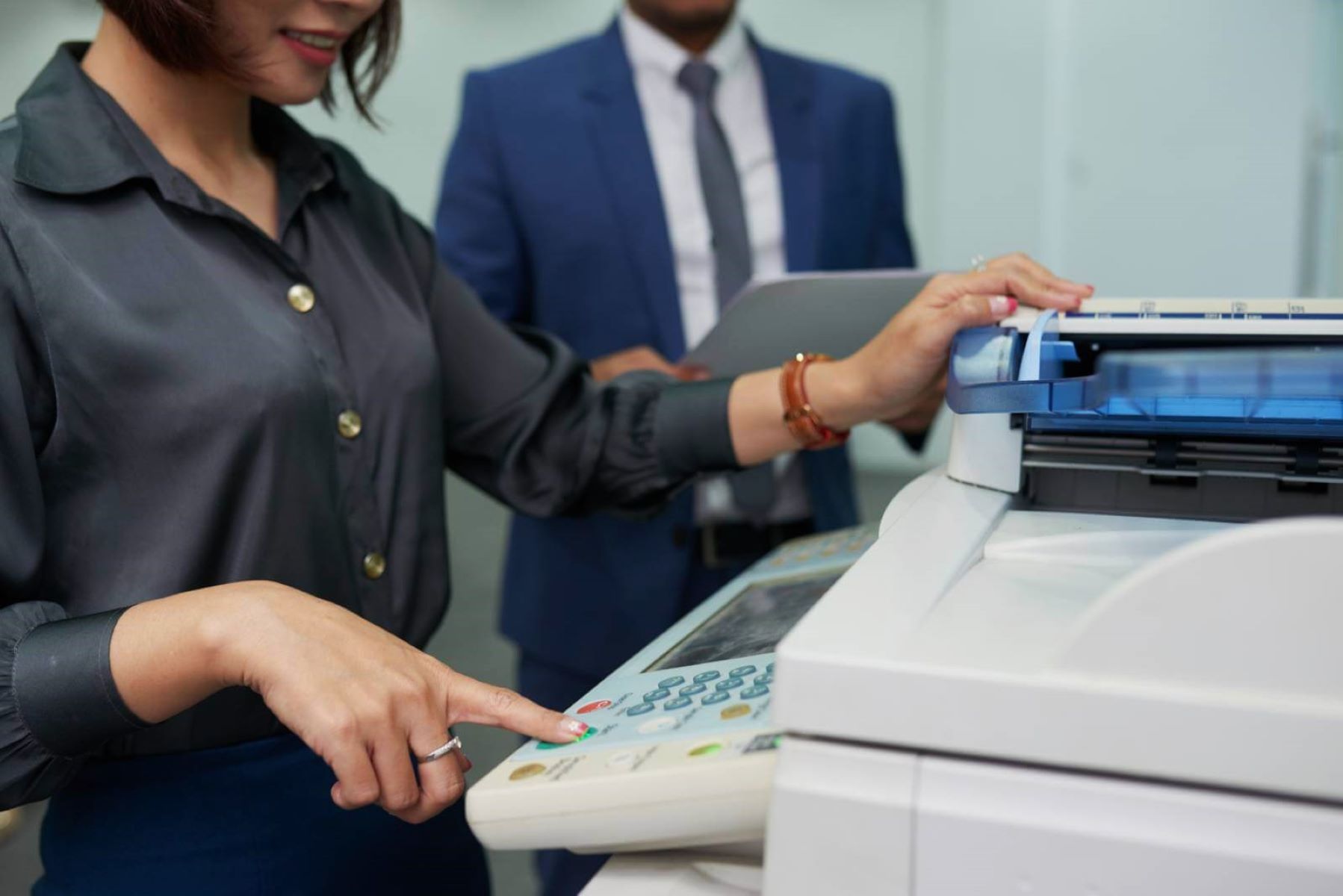


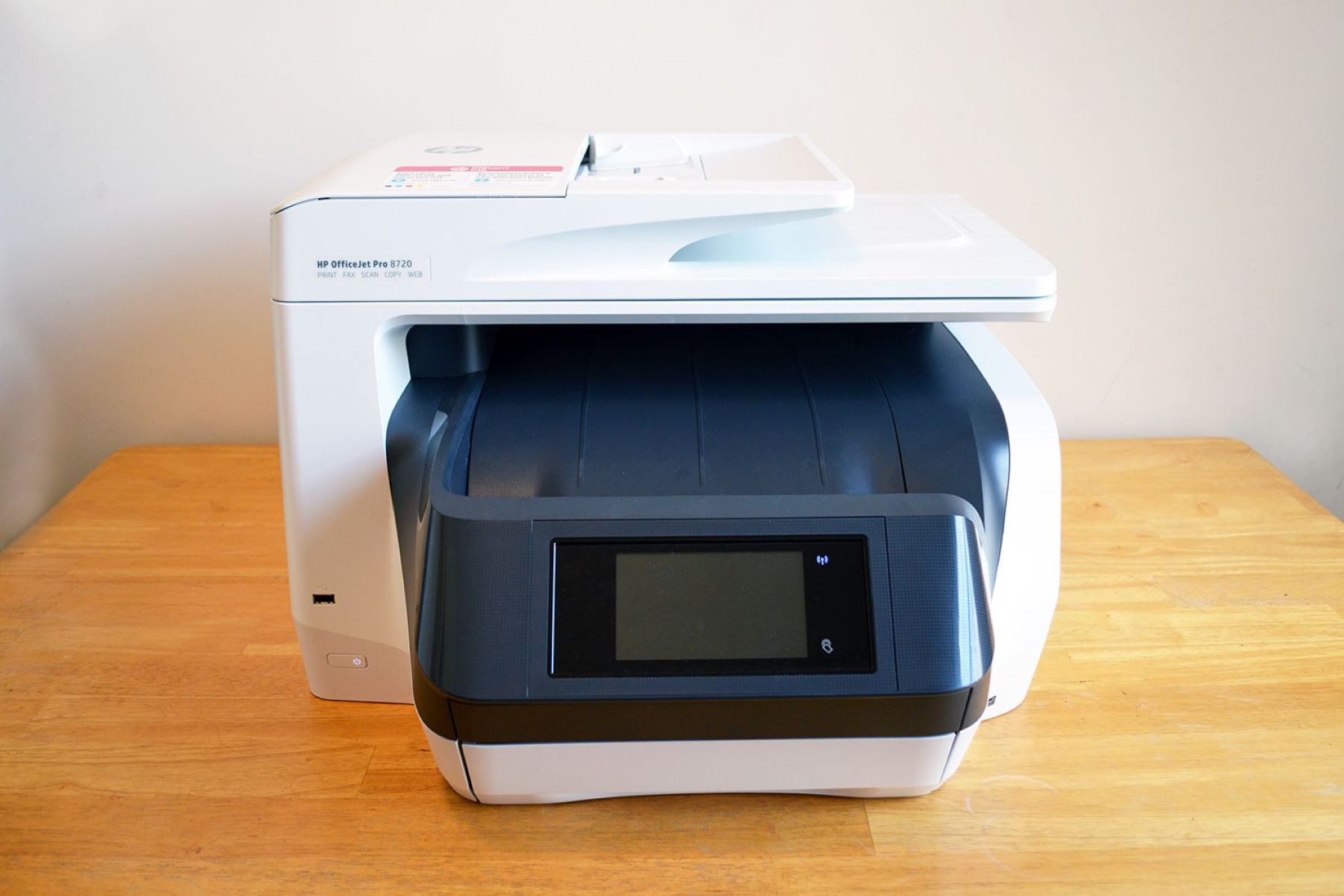
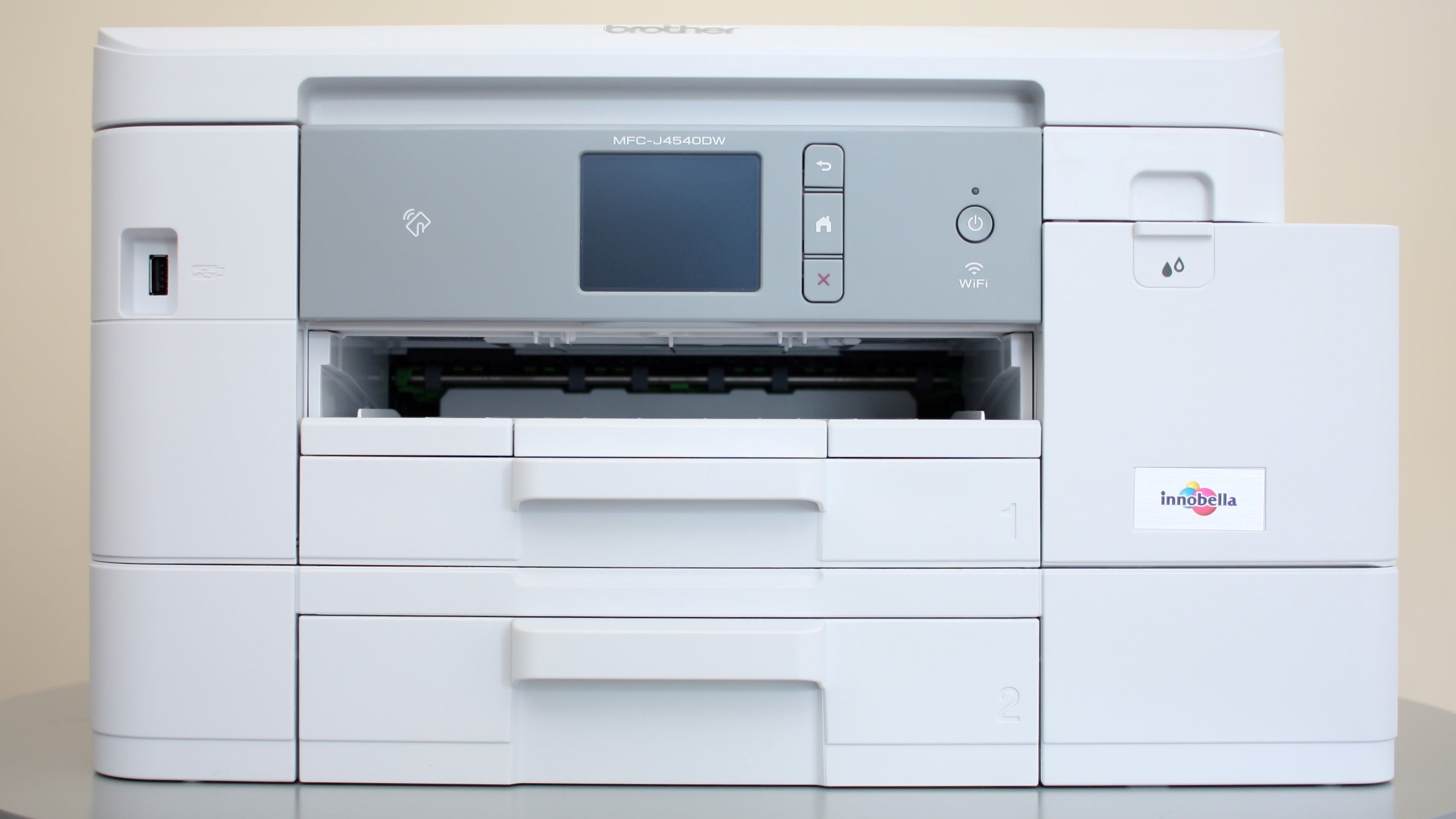
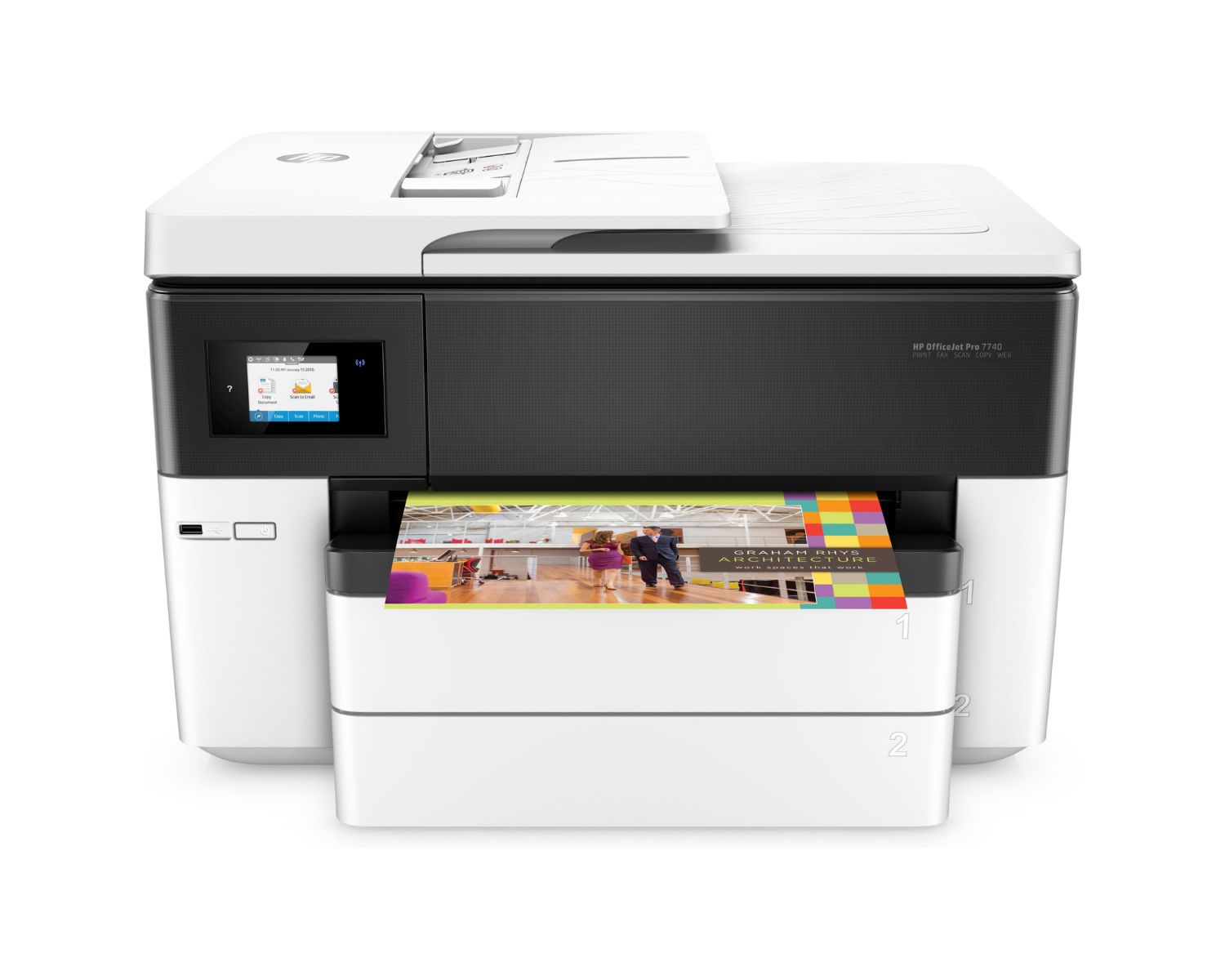
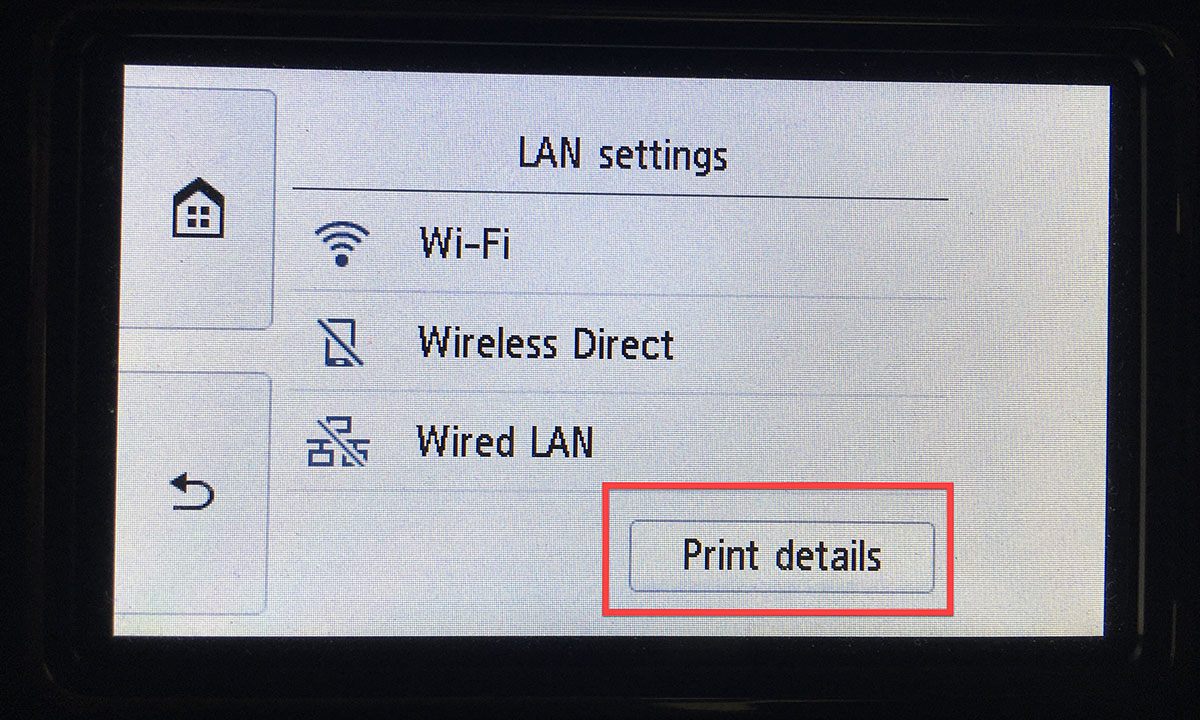
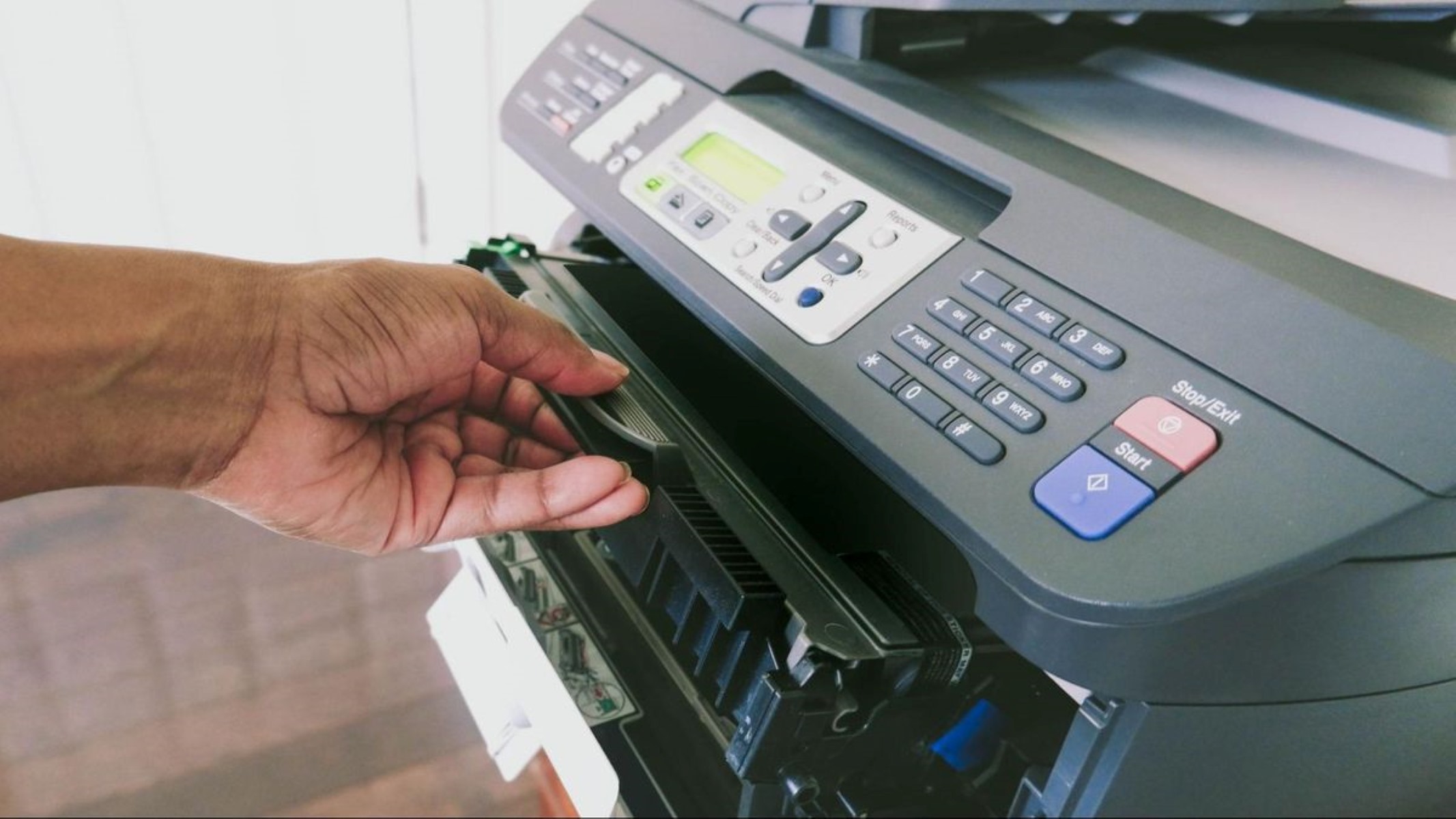




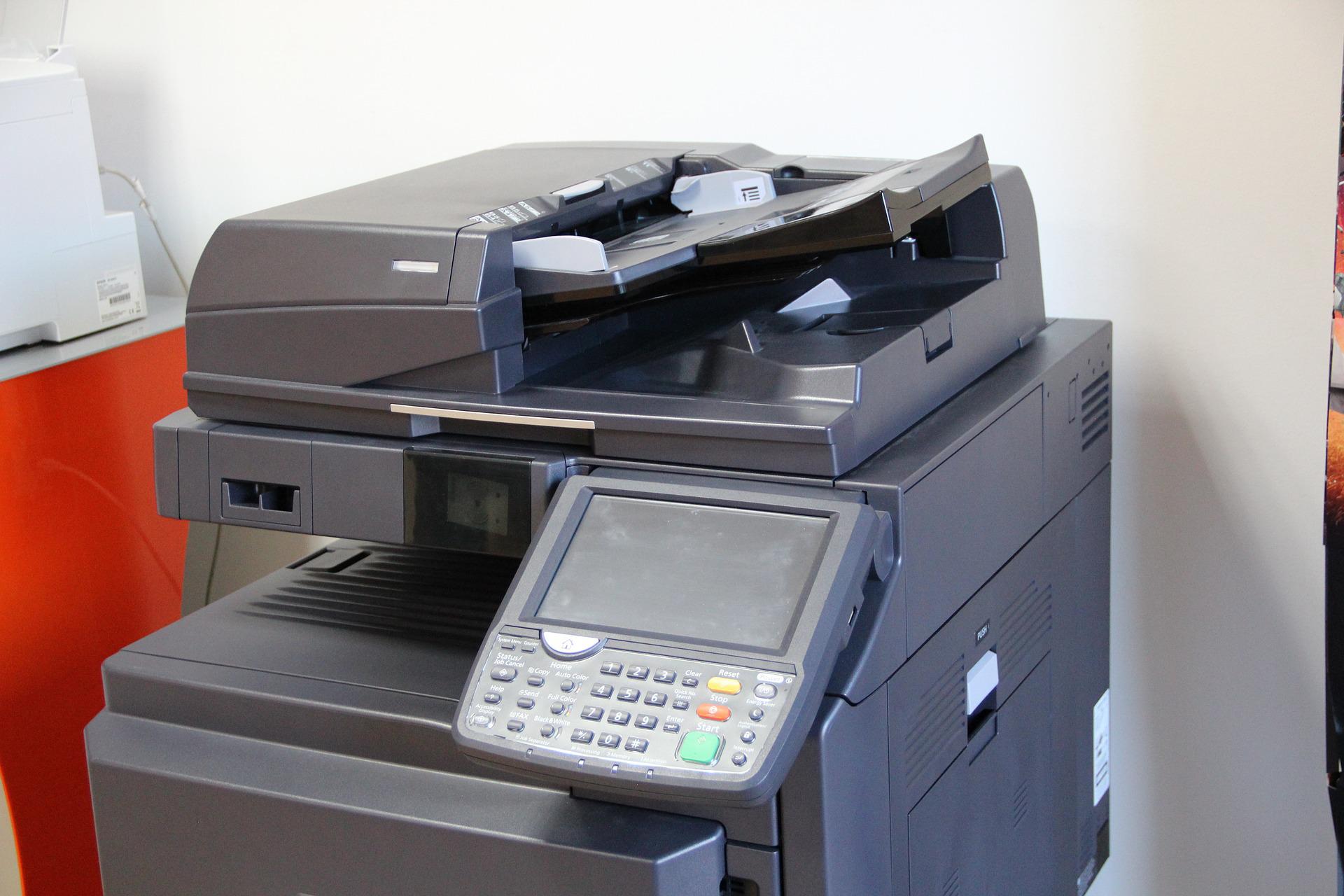
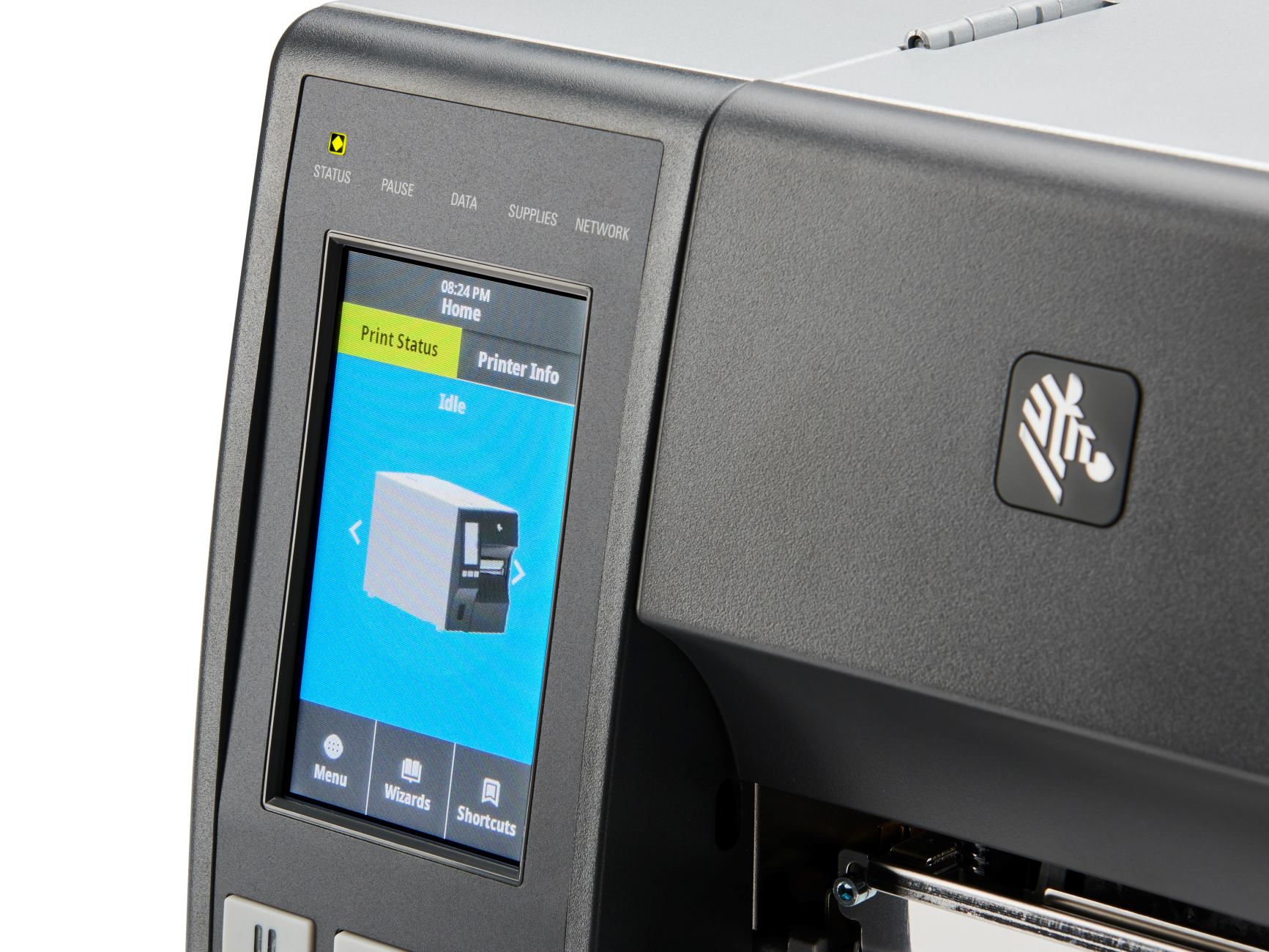

0 thoughts on “What Is A Proxy Address On A Printer”